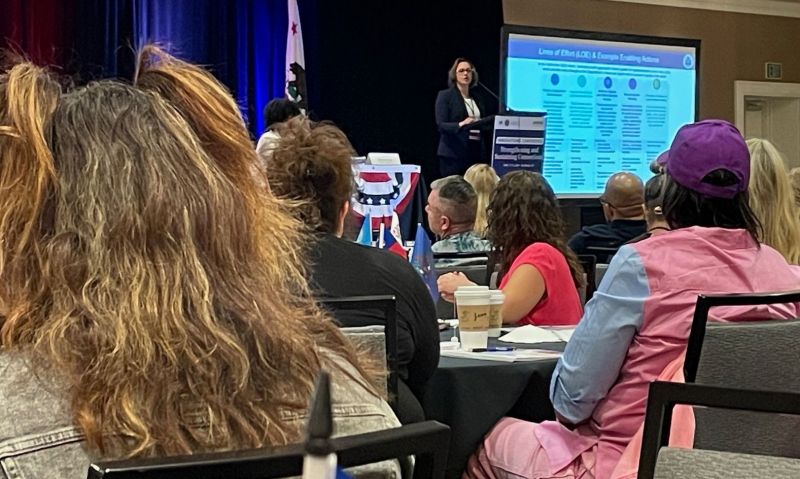
Army veteran who lost son to suicide now works to support, uplift and counsel other military families. Meanwhile, DoD official highlights five-pronged plan to stem increase in military suicides.
Army veteran Jon Ganues is a survivor. He has lost an Air Force son and two cousins to suicide. He also overcame his own suicide ideation, dating back to 1993 when he served in the 82nd Airborne Division at Fort Bragg, N.C.
In 2009, his son died by suicide.
“That turned our lives upside down,” he recalled. “The stigma and all the emotions of anger, shame and guilt washed over our family.”
Seeking support, they reached out to a military family survivors group. But the fit wasn’t right as the other families were grieving for those lost on the battlefield. A year later, the Ganues family found the community and support they needed at an event conducted by the Tragedy Assistance Program for Survivors (TAPS), a nonprofit organization.
“They were laughing, joking, functioning,” he recalled. “We realized that’s what we wanted in our lives. Through TAPS, we were able to move forward. We found people who knew what we were going through.”
Now, Ganues is a manager of the TAPS Men’s Program. His organization offers support via 25,000 suicide prevention partners through various virtual and in-person programs.
“We do provide specialized programming and we want them to have the space where they can process and work through the challenges they have,” he explained.
Ganues was among those on a panel, “Supporting Families Who Serve,” who addressed more than 200 VA clinicians, Department of Defense DoD professionals and others on the final day of the third annual VA Substance Abuse and Mental Health Services Administration (SAMHSA) conference June 11-13 in San Diego.
Liz Clark, director of the DoD Suicide Prevention Office, talked about how the department is striving to reduce the number of servicemembers lost to suicide. Clark revealed how a DoD committee has taken a deep look at solving the crisis.
“The committee looked at not just trying to prevent death, but looked at programs, resources and support that make life worth living,” she said. “We’re extremely grateful for the expertise that this committee brought us.”
Clark said Defense Secretary Lloyd Austin last fall approved 83 actions and 127 recommendations aimed at reducing suicide through five key lines. Over the next five years, DoD is allocating $1.75 billion to bolstering these efforts under the five areas, which are:
• Fostering a supportive environment.
• Improving mental health care.
• Addressing stigma and other barriers to care.
• Revising and modernizing suicide prevention training.
• Promoting a culture of lethal means safety.
DoD is also looking at a more comprehensive approach to working with troops who may be at risk.
“We know that non-medical counseling is imperative, especially when addressing stigma,” she said. “We know the stigma is real.”
That correlates directly with The American Legion’s Be the One mission, which aims to destigmatize mental health counseling and support, as a means to achieve the goal of saving the lives of at-risk veterans and servicemembers.
- Be the One

